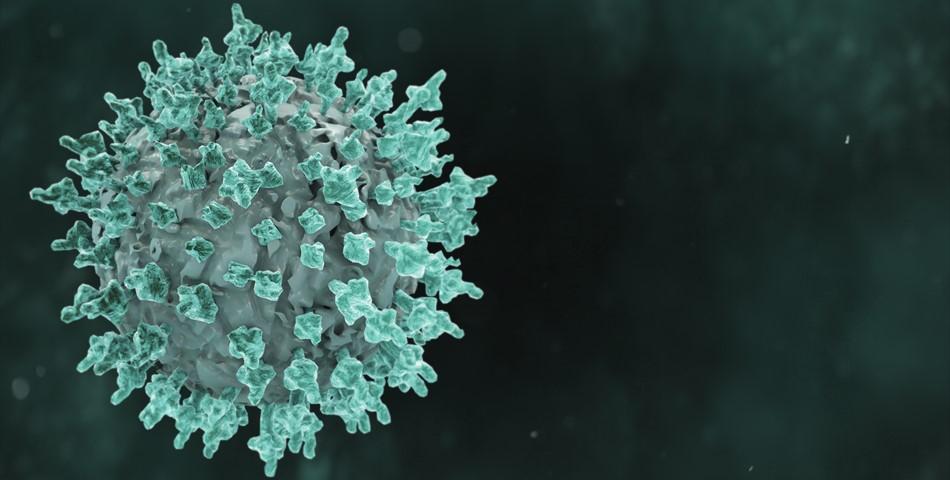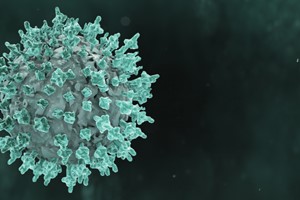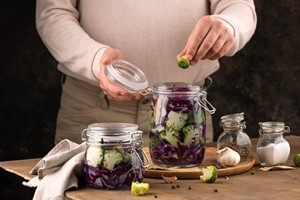The battle for food safety is waged on a microscopic battlefield, where invisible enemies – bacteria – threaten the quality and safety of the food we consume. Traditional weapons like antibiotics face growing resistance, leaving the food industry searching for new solutions. Enter the bacteriophages, nature's own highly targeted viral soldiers emerging as game-changers in the fight against foodborne illness.
Meet the Phage Arsenal:
Unlike broad-spectrum antibiotics, bacteriophages are nature's assassins with laser-like focus. They specialize in eliminating specific bacterial strains, zeroing in on their targets like lock and key. This precision strike capability offers several advantages:
- Reduced collateral damage: Beneficial bacteria essential for fermentation and other processes remain unharmed, preserving the natural ecosystem within food.
- Evolving alongside threats: Unlike static antibiotics, phages co-evolve with their bacterial targets, staying one step ahead in the evolutionary arms race against antibiotic resistance.
- Natural and clean: These viruses pose no danger to humans or animals, leaving no chemical residues behind and aligning with the growing consumer demand for clean-label food solutions.
Phages in Action: From Lab to Lunchbox:
The potential applications of phages in the food industry are vast and rapidly evolving. Here are just a few examples:
- Meat and Poultry Processing: Spraying phages on meat surfaces can significantly reduce harmful bacteria like E. coli and Salmonella, leading to safer products and reduced foodborne illness outbreaks.
- Fruits and Vegetables: Washing fruits and vegetables with phage-infused solutions can minimize spoilage-causing bacteria, extending shelf life and reducing food waste.
- Dairy Products: Phages can target specific bacteria that spoil yogurt, cheese, and other dairy products, offering a natural alternative to chemical preservatives.
- Active Packaging: Researchers are exploring incorporating phages into packaging materials, creating an active barrier against bacterial contamination throughout the supply chain.
Challenges and the Road Ahead:
While the promise of phages is undeniable, hurdles remain. Regulatory frameworks around their use in food are still evolving, and optimizing production and application methods requires ongoing research and development. Additionally, ensuring consumer acceptance of this novel technology is crucial for wider adoption.
A Glimpse into the Future:
Despite these challenges, the future of phages in the food industry is bright. With continued research, investment, and regulatory support, these microscopic warriors have the potential to:
- Significantly reduce foodborne illness: Phages could become a key weapon in preventing outbreaks and safeguarding public health.
- Promote sustainable food production: By minimizing food waste and reducing reliance on chemical preservatives, phages can contribute to a more sustainable food system.
- Empower consumers: With clean-label solutions, phages can offer consumers greater transparency and choice in their food choices.
The rise of bacteriophages marks a new era in the fight for food safety. While they may not be the silver bullet answer to all our food safety challenges, these tiny warriors offer a promising, natural, and evolving solution. As research progresses and regulatory hurdles are overcome, we can expect the impact of phages to be felt not just in the lab, but on our dinner plates, shaping the future of a safer and healthier food system for all.














